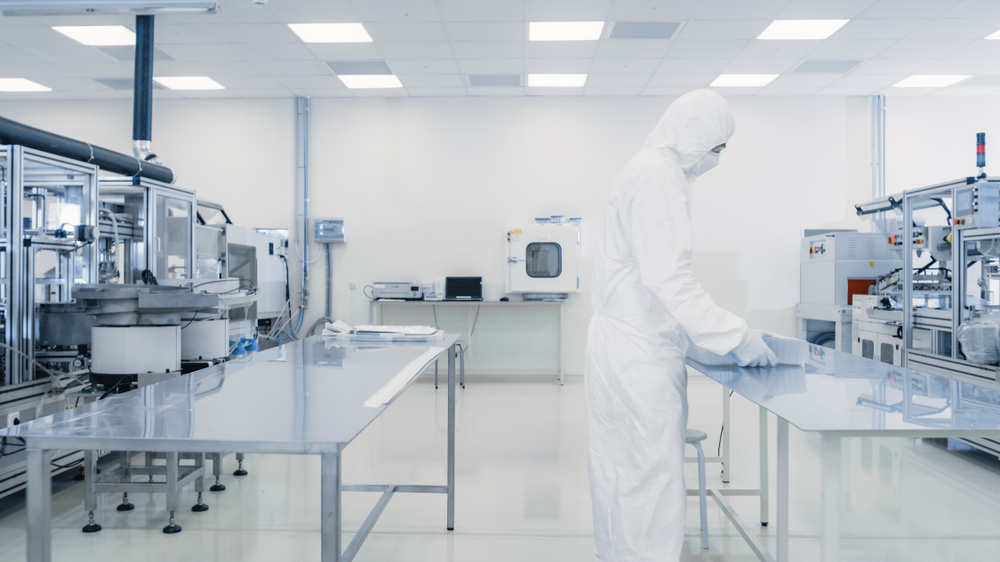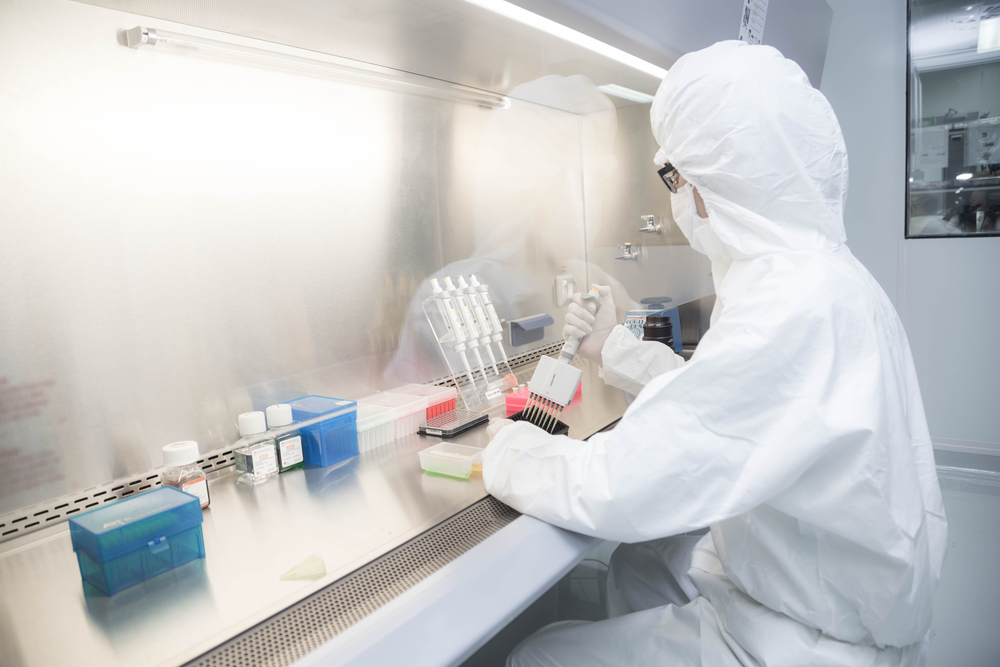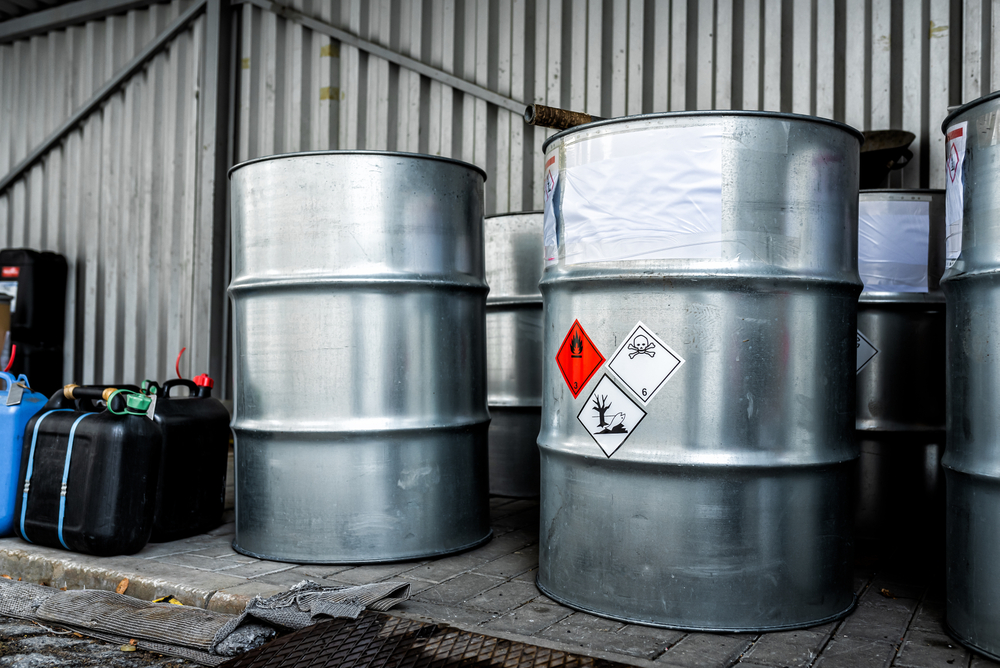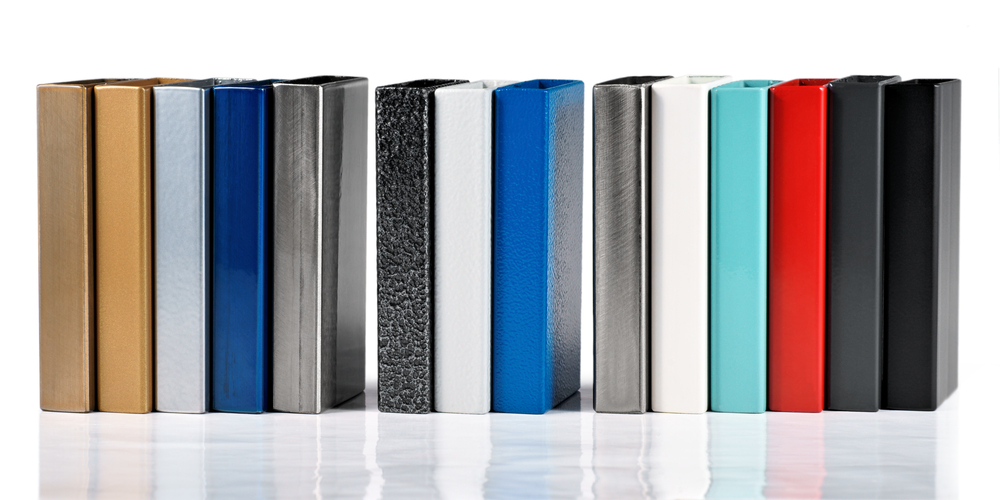
The intersection of metalwork and science in laboratory furniture is a key aspect of creating functional, durable, and safe workspaces for scientific research and experimentation. The design and construction of laboratory furniture require careful consideration of materials that can withstand the unique demands of scientific environments.
One such material that plays a crucial role in laboratory furniture is metal, particularly stainless steel. Let’s explore the diverse roles metal plays in laboratory furniture design and construction, and look at the types of metal used in labs.
Overview

When it comes to the intersection of metalwork and science in laboratory furniture, stainless steel stands out as a popular choice for several reasons. Stainless steel is known for its durability, corrosion resistance, and ease of cleaning, making it ideal for use in laboratories where cleanliness and hygiene are paramount.
In the context of laboratory furniture, metalwork is often used for bench frames, and casework including cabinets, shelves, and other structural components. Stainless steel, in particular, is preferred for surfaces that come into contact with chemicals or biological materials because it is non-reactive and easy to sanitize, reducing the risk of contamination.
Metalwork in laboratory furniture must meet certain standards and regulations to ensure safety and functionality. For example, furniture must be sturdy enough to support heavy scientific equipment and withstand daily use. It must also be designed to prevent spills and leaks from reaching the underlying structure, which can compromise the integrity of the furniture and pose a safety hazard.
SEFA-8 provides guidelines, standards, and recommended practices to ensure furniture is of a type specifically designed and manufactured for installation and use in a laboratory.
In addition to its practical benefits, stainless steel also offers a sleek and modern look that fits perfectly in laboratory environments. Its strength and durability ensure that lab furniture made from stainless steel will last for many years, making it a cost-effective choice in the long run.
In summary, the intersection of metalwork and science in laboratory furniture is crucial for creating a safe, functional, and durable workspace for scientific research and experimentation. Furthermore, the convergence of science and metalwork combines the practical requirements of a lab environment with the aesthetic appeal of a well-designed workspace.
The Intersection of Metalwork and Science in Laboratory Furniture

Metalwork plays a crucial role in the construction of laboratory furniture, especially for scientific and research facilities. Here’s how metalwork intersects with science in laboratory furniture:
1. Material Selection
Stainless steel is a popular choice for lab furniture due to its durability, resistance to corrosion, and ease of cleaning. It is often used for workbenches, cabinets, and shelving. Powder-coated steel is another available option.
2. Design and Construction
Metalwork is essential in designing and constructing lab furniture to meet the specific needs of scientific research. For example, lab benches are designed to support heavy lab equipment and withstand chemical spills.
3. Safety Features
Metalwork is used to incorporate safety features into lab furniture, such as fume hoods and safety cabinets for storing hazardous materials. These features help protect researchers and maintain a safe working environment.
4. Customization
Metalwork allows for the customization of lab furniture to meet the unique requirements of different scientific disciplines. For example, a chemistry lab may require different furniture than a biology lab or a clean room.
5. Integration of Equipment
Metalwork is used to integrate laboratory equipment, such as sinks, gas taps, and electrical outlets, into lab furniture to facilitate experiments and research activities.
Overall, metalwork plays a vital role in the design, construction, and functionality of laboratory furniture, ensuring that it meets the rigorous demands of scientific research while maintaining safety and efficiency.
Additional Reading: The Benefits of Metal Benches in a Laboratory Setting
The Diverse Functions of Metal in Science Laboratories

Metal plays diverse roles in laboratories due to its unique properties. Some common roles of metal in laboratories include:
1. Structural Support
Metals like steel are used for structural support in laboratory buildings, benches, storage cabinets, and shelving due to their strength and durability.
2. Equipment Construction
Many laboratory equipment components are made of metal due to its strength, durability, and resistance to corrosion. Examples include fume hoods, sinks, autoclaves, and incubators.
3. Contamination Control
Stainless steel is often used for surfaces that come into contact with chemicals or biological materials due to its non-reactive nature and ease of cleaning, helping to prevent contamination.
4. Conductivity
Some metals, like copper, are used for electrical wiring and grounding in laboratories due to their high conductivity.
5. Heat Resistance
Metals like stainless steel are used in high-temperature applications, such as ovens, furnaces, and hot plates, due to their ability to withstand heat.
6. Chemical Resistance
Certain metals, such as stainless steel and titanium, are highly resistant to corrosion from chemicals, making them ideal for use as work surfaces in laboratories where exposure to corrosive substances is common.
7. Radiation Shielding
Lead is commonly used in laboratories for radiation shielding in areas where radioactive materials are handled, such as in nuclear medicine or radiology labs.
8. Storage and Containment
Metal containers, such as stainless-steel drums or tanks, are used for the storage and containment of chemicals, samples, and waste due to their strength and resistance to corrosion.
Overall, the diverse roles of metal in laboratories highlight its importance in ensuring the safety, functionality, and efficiency of lab operations.
Metal Types Used in Laboratories
In lab spaces, stainless steel is often preferred over basic steel due to its superior corrosion resistance and hygiene properties. Its resistance to corrosion and chemicals, coupled with ease of cleaning, makes stainless steel well-suited for environments where maintaining a sterile and safe workspace is essential. Additionally, the longevity and durability of stainless steel contribute to its overall cost-effectiveness in the long run.
Painted or powder-coated metal lab cabinets and furniture offer additional flexibility and color options. It is a long-lasting, low-maintenance solution that can withstand daily use.
1. Stainless Steel

The two of the most common grades of stainless steel used in laboratories are 304 and 316.
The primary difference is their composition.
- Stainless Steel 304: Contains 18% chromium and 8% nickel, with small amounts of manganese, silicon, phosphorus, sulfur, and nitrogen.
- Stainless Steel 316: Contains 16% chromium, 10% nickel, and 2% molybdenum, along with small amounts of manganese, silicon, phosphorus, sulfur, and nitrogen.
When choosing between 304 and 316 stainless steel for lab use, several factors should be considered:
— Corrosion Resistance
316 stainless steel offers higher abrasion and corrosion resistance than 304 stainless steel, especially in harsh environments where exposure to chemicals or saline solutions is common. This makes 316 stainless steel more suitable for laboratory environments where corrosion is a concern.
— Strength and Durability
Both grades of stainless steel are strong and durable, but 316 stainless steel is slightly stronger than 304 stainless steel. This can be advantageous in applications where heavy loads or high stress levels are expected.
— Temperature Resistance
316 stainless steel has better high-temperature properties than 304 stainless steel, making it more suitable for applications where elevated temperatures are encountered, such as in autoclaves or sterilization processes.
— Cost
304 stainless steel is generally more affordable than 316 stainless steel, which can be a consideration for budget-conscious projects.
— Availability
304 stainless steel is more commonly available and used in a wide range of applications, while 316 stainless steel may be more specialized and harder to source in some regions.
In summary, 316 stainless steel is often preferred for lab use due to its superior corrosion resistance, strength, and temperature resistance, especially in environments where exposure to harsh chemicals or high temperatures is expected. However, the choice between 304 and 316 stainless steel should be based on the specific requirements of the lab environment and the budget constraints of the project.
2. Painted Metal vs. Stainless Steel for Use in Laboratories

Painted or powder-coated metal and stainless steel are two common materials used in laboratory furniture and equipment. Here is a comparison of the two:
— Corrosion Resistance
Stainless steel, especially grades like 304 and 316, offers excellent corrosion resistance, making it ideal for environments where exposure to moisture, chemicals, or corrosive substances is common. Painted or powder-coated metal, on the other hand, is more susceptible to corrosion, especially if the coating is damaged.
— Durability
Stainless steel is known for its durability and strength, making it resistant to dents, scratches, and damage from impact. Painted or powder-coated metal can be durable, but the coating may chip or scratch over time, exposing the metal to corrosion.
— Cleanability
Stainless steel is easy to clean and maintain, as it is non-porous and resistant to staining. Painted or powder-coated metal may be more challenging to clean, especially if the coating is damaged or worn.
— Aesthetic Appearance
Painted or powder-coated metal can offer a wide range of color options, allowing for customization and aesthetic appeal. Stainless steel has a sleek and modern appearance, but may be limited in color choices.
— Cost
Painted or powder-coated metalwork is generally more affordable than stainless steel, making it a cost-effective option for some applications. However, the long-term maintenance expenses of painted or powder-coated metal may be higher due to the need for recoating or repainting.
In summary, stainless steel is often preferred for laboratory use due to its superior corrosion resistance, durability, and ease of maintenance. However, painted or powder-coated metal can be a suitable option for less demanding environments where cost is a significant factor and regular maintenance can be performed to protect the coating.
Additional Reading: Why Metal Lab Tables Are a Staple in Any Research Facility
Conclusion
In conclusion, the use of metalwork in the process of laboratory design and construction, particularly stainless steel, in laboratory furniture is essential for creating a safe and functional workspace for scientific research and experimentation. The properties of stainless steel, including its durability, corrosion resistance, and ease of cleaning, make it an ideal material for surfaces and structural components in workstations, countertops, tables, and other furniture in laboratories.
By understanding the intersection of metalwork and science in laboratory furniture, lab designers and researchers can create environments that support and enhance scientific discovery.




